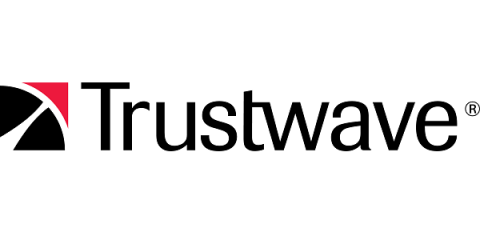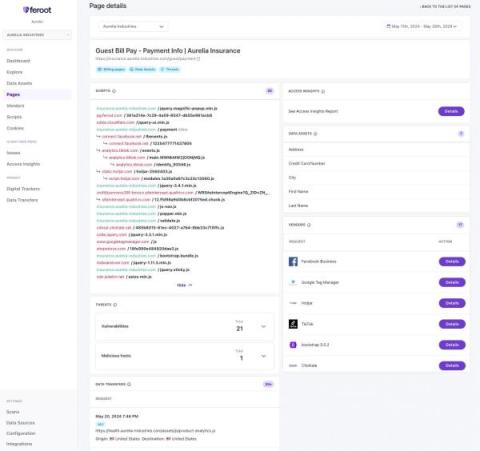Navigating the NIS 2 Landscape - Part 1
The European Union (EU) is taking a significant step forward in the fight against cybercrime by introducing the Network and Information Systems Directive 2, or NIS 2. This directive represents a major overhaul of cybersecurity regulations across the continent, aiming to bolster defenses against the ever-evolving threats of the digital age. In this first of four blog posts, we will introduce the basics of NIS 2.











